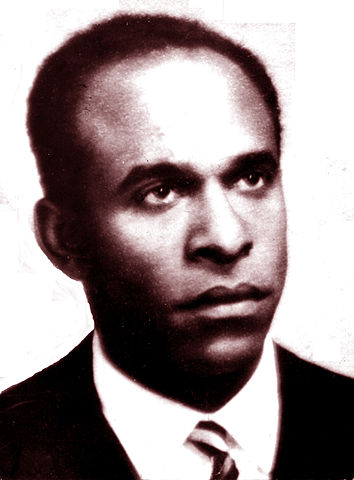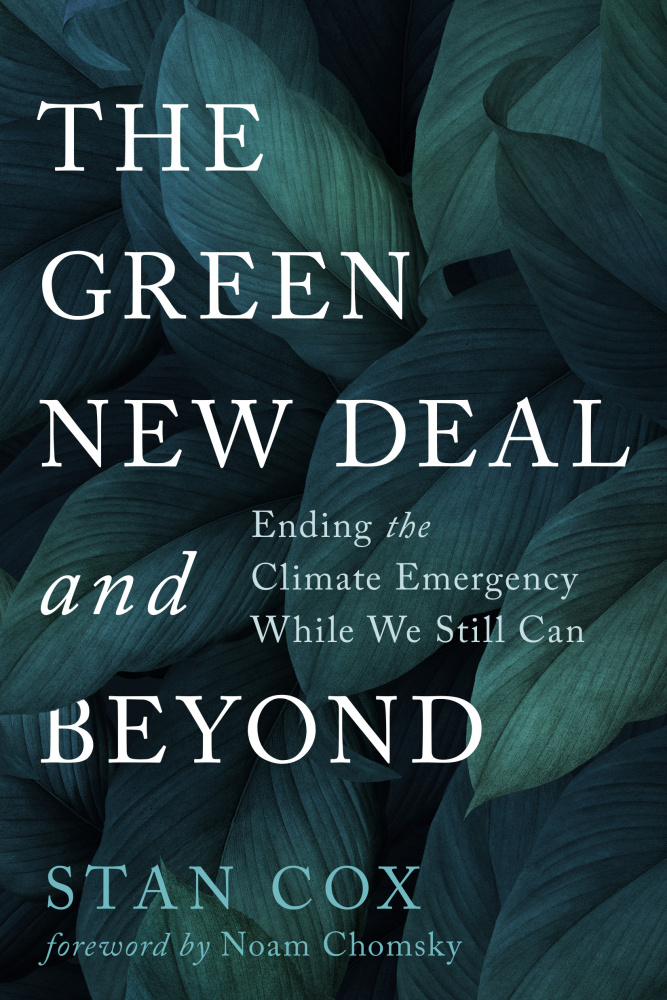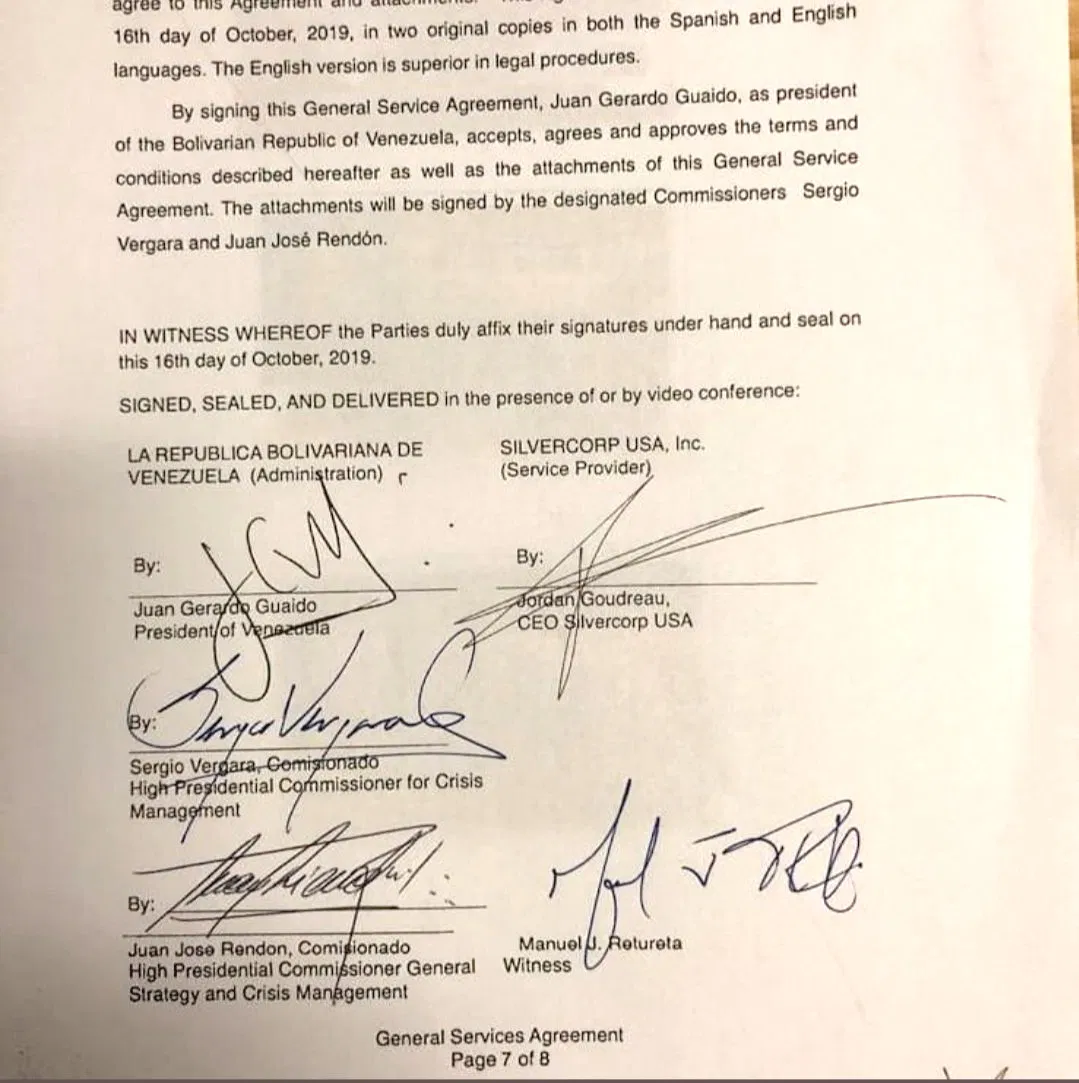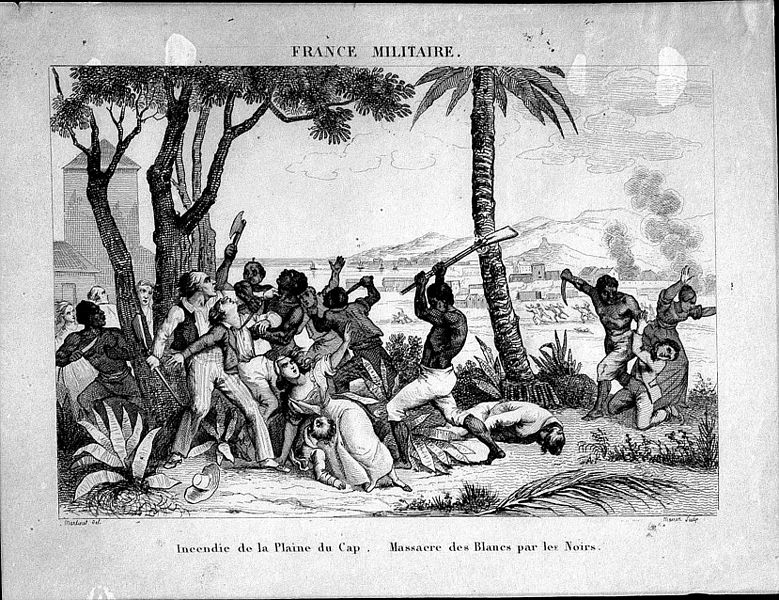Stefan Kipfer and I talk about the lessons we learned from reading the revolutionary Frantz Fanon, author of The Wretched of the Earth and Black Skin, White Masks.
The Anti-Empire Project Episode 51: What is Ecological Economics? With Peter Victor.
I talk to Ecological Economist Peter Victor, author of Managing Without Growth, about the idea of the economy taking place within a biological envelope, what is required for market prices to reflect value, and the pitfalls of the valuation of natural capital.
The Anti-Empire Project Episode 50: Iranian Tanker Arrives in Venezuela – quick reaction
A quick 12 minute reaction as the first Iranian tanker (Fortune) arrives in Venezuela with gasoline to alleviate shortages there. Some notes on the cruelty of the US sanctions regime, on why an oil producing country like Venezuela needs gasoline (for now), and what is likely to happen next.
The Anti-Empire Project Episode 49: Beyond the Green New Deal, with Stan Cox
I talk to Stan Cox about his new book, The Green New Deal and Beyond: Ending the Climate Emergency While We Still Can. We talk about the good aspects of the Green New Deal (especially the New Deal aspects), some of the assumptions that will have to be revised (that good fuels will automatically crowd out bad, that we can grow our way out of the emergency, etc.) and discuss some policies that could actually work.
Civilizations Series Episode 8: Ideas – Scientific Revolution – Enlightenment
We talk about the scientific revolution – Galileo, Brahe, Kepler, Newton, Rousseau, Voltaire, Montesquieu and others; and take a tour of the Enlightenment as well, and the importance of Enlightenment ideas in the revolutions that would soon follow it.
Civilizations Series Episode 7: Religion – Tolerance – Intolerance, Mostly in England
Dave Power and I talk about the rise of Protestantism, focusing on the characters of Martin Luther (including his advice to Philip Landgrave of Hesse), and Henry VIII.
Anti-Empire Project Episode 48: The Goudreau-Silvercorp Coup in Venezuela, Foiled
I talk to Maria Victor after the foiling of the May 3, 2020 terrorist plot against Venezuela, which involved the infiltration of American mercenaries by boat from Colombia. One of the mercenaries, Jean Goudreau of Silvercorp, gave an interview just before the attack where he revealed a signed contract with self-declared president Juan Guaido. We talk about this as the latest in a continuous run of coup attempts against Venezuela for the past twenty years.
The Brief 009: Hindutva Crackdown
India jails students, writers, and rights activists as the media works in effective coordination with the government inflaming sectarian divides, suppressing dissent and lionizing Modi. We speak to Shalini Gera and Freny Manecksha about India’s Hindutva crackdown.
Civilizations Episode 6: The 18th Century Global Economy, aka slavery, genocide, and colonialism
The global economy was forged in the 18th century under European empires that committed genocides in the Americas and Africa, instituted mass slavery, and colonialism. This is the story.








